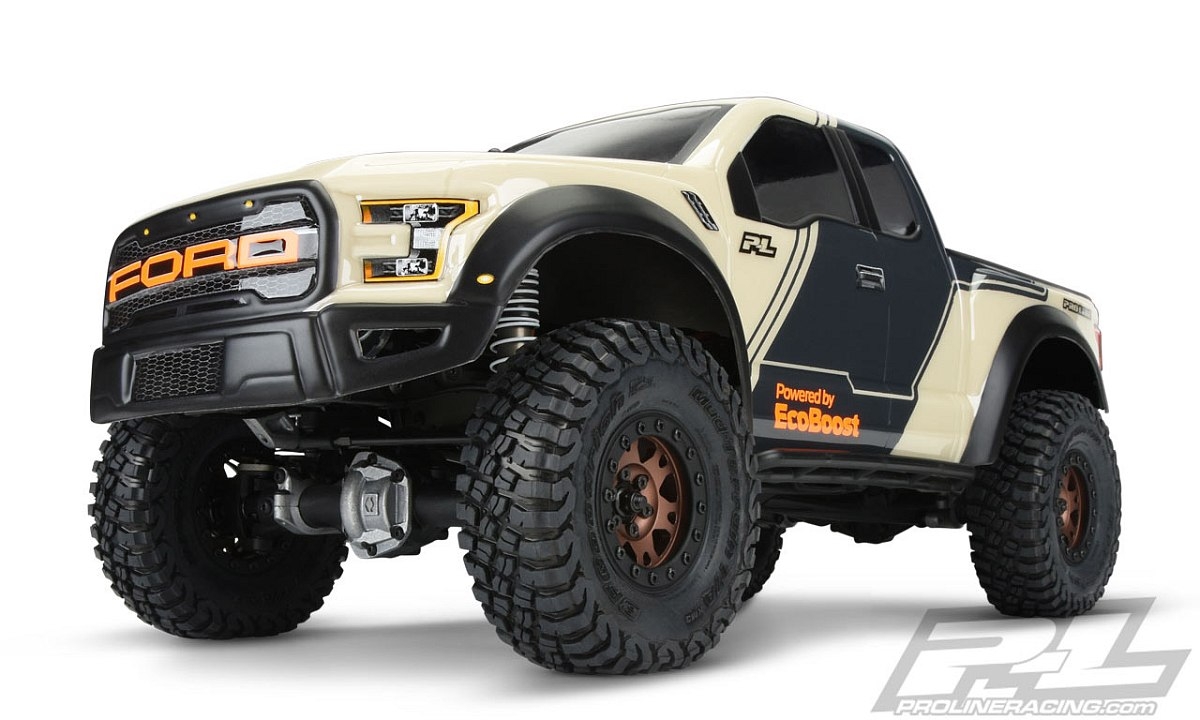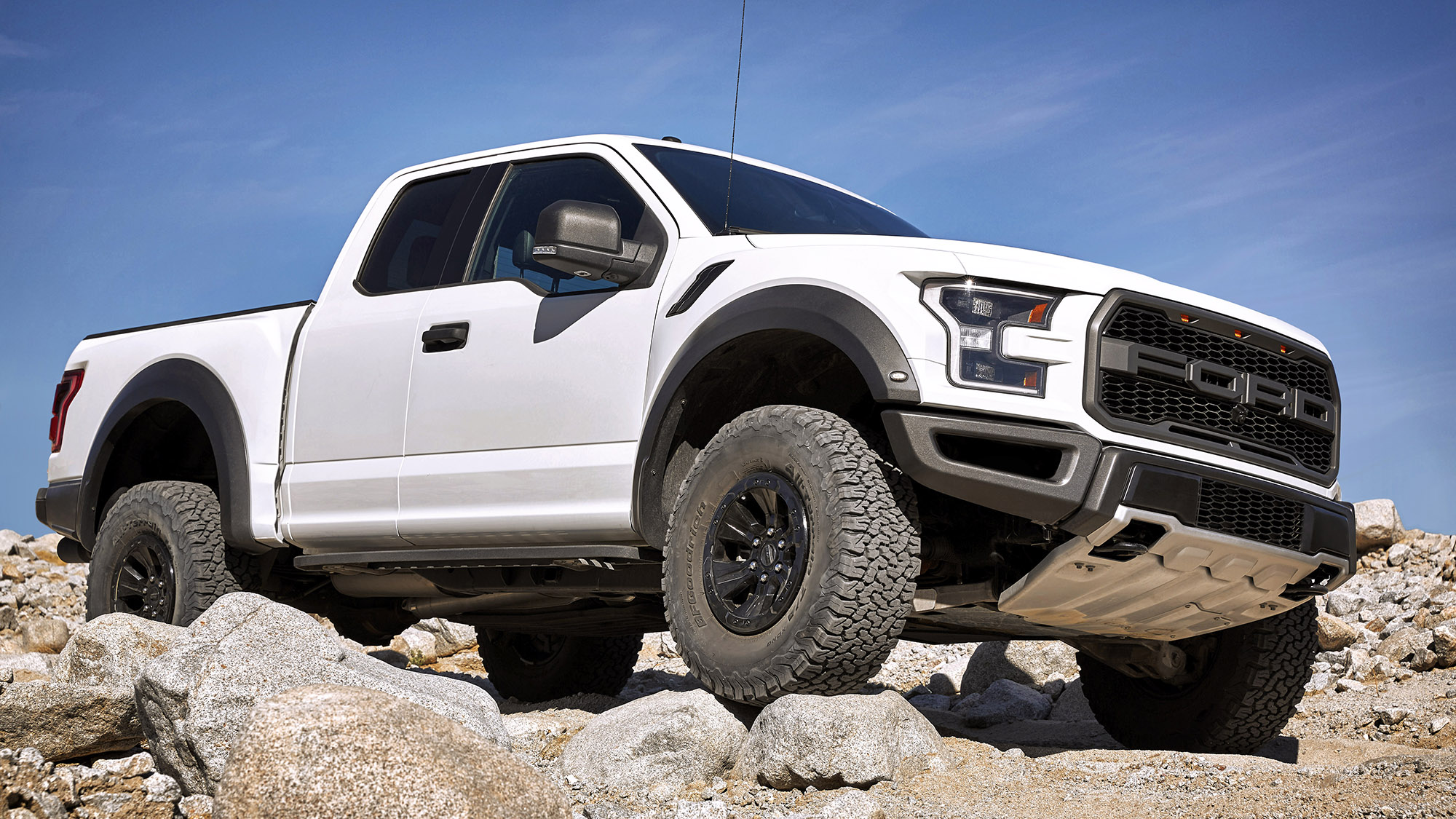

The Raptor is 78.5 inches tall and tips the scales at 5,525 pounds. Both are 86.3 inches wide or 96.8 inches wide when including the mirrors. Overall, the SuperCab measures 220 inches long to the 231.9 inches for the SuperCrew. Both models come with a 5.5-foot box bed. Choose the SuperCrew and the wheelbase is stretched out by nearly a foot to 146 inches.

Its a foot longer than the regular cab’s wheelbase. The current Raptor SuperCab sits on a 134.2-inch wheelbase, exclusive to this model.

Although Ford still offers a regular cab, the Raptor is also about providing a large cabin. When Ford designed the new Raptor, once again, they went with SuperCab and SuperCrew configurations. ( See Also - A Whole Lot of Awesome: Chevrolet Colorado ZR2 Bison) 3.

The current Raptor was introduced at an auto show in early 2015 before going on sale the following year as a 2017 model. Likely, Ford was busy readying the aluminum-intensive F-150 and wanted to delay the Raptor to give it time to prepare the new model as well as the next-generation Super Duty. What they did not include among the many available grades was a new Raptor model. Production of the first-generation Raptor spanned five model years - 2010 to 2014.įord brought out the current and thirteenth-generation F-150 in 2015. The suspension utilizes Fox Racing Shocks with internal triple-bypass dampers and a 4.10 rear axle. The key to the this four-wheel drive F-150 is its seven-inch wider track with 11.2 inches of suspension travel up from and 12.1 inches at the rear. Both were mated to a 6-speed automatic transmission and offered SuperCab and SuperCrew configurations. Initially, a 5.4-liter V8 engine generating 310 horsepower was offered, with a second engine - a 6.2-liter V8 generating 411 - joining the base engine. That Raptor participated in Mexico’s famous Baja 1000 race before it went on sale to consumers. The original Raptor was the second performance truck from Ford, designed to surpass the SVT Lightning (last produced in the early 2000s) as Ford’s performance truck. The first F-Series pickup truck debuted in 1948 as the F1, but it wasn’t until 1975 when Ford began using the F-150 designation. The original or first-generation Raptor is based on the twelfth-generation Ford F-Series. SVT succeeded SVO - Special Vehicle Operations, eventually renamed Ford Performance. SVT or Special Vehicle Team was the name of Ford’s performance vehicle arm. If you attended the 2008 SEMA Show, you may have been present for the unveiling of the 2010 Ford F-150 SVT Raptor. To that end, we’ll dissect the most powerful of all F-150s by starting out with a look at its history. No matter, the “Raptor” appellation appended to the most powerful of all Ford F-150 models is entirely appropriate for describing a truck that is at once brutish, dapper, and simply fun to drive on- and off-road. Just as easily, raptor also describes certain types of contemporary birds of prey, including eagles, hawks, and vultures. Think “raptor” and the Velociraptor dinosaurs of the Cretaceous Period may come to mind.
2017 FORD RAPTOR FULL
If no parts or bushings need to be replaced, then you will get your full Deposit/Core back, however if anything needs to be replaced, the cost will be deducted from the deposit/core charge and the balance returned to you. Step 4:When we receive your shocks back, we will inspect them for any damage or parts that require replacing. If there is any issue and you can’t get them back to us within the 30 days please let us know ASAP, we understand life happens.
2017 FORD RAPTOR INSTALL
Step 3: Once you receive the rebuilt shocks, you have 30 days to install the rebuilt shocks on your truck and get the cores (now our shocks, hence exchange) shipped back to us (THIS IS NON-NEGOTIABLE). Step 3: We will ship you a set/pair/single shock(s) built to your specifications (See above lead time). Step 2:Fill out how you would like the shocks built, proceed to check out and complete the purchase. Step 1: Read the rest of this page and click “NEXT” at the bottom of the page to agree to the terms & conditions.


 0 kommentar(er)
0 kommentar(er)
